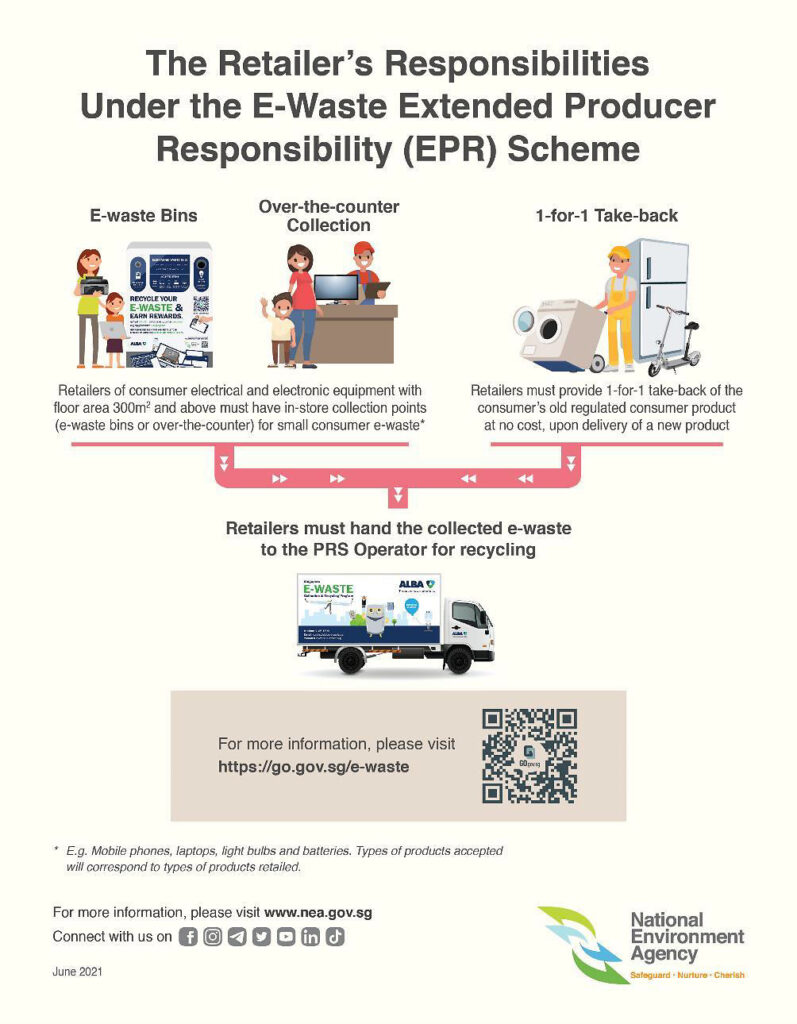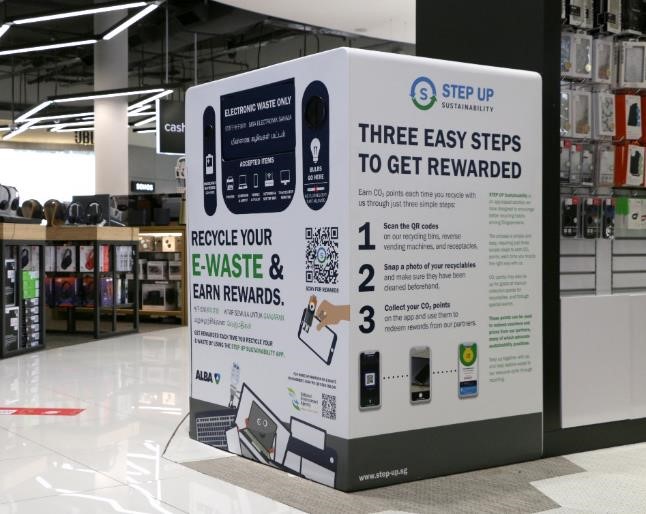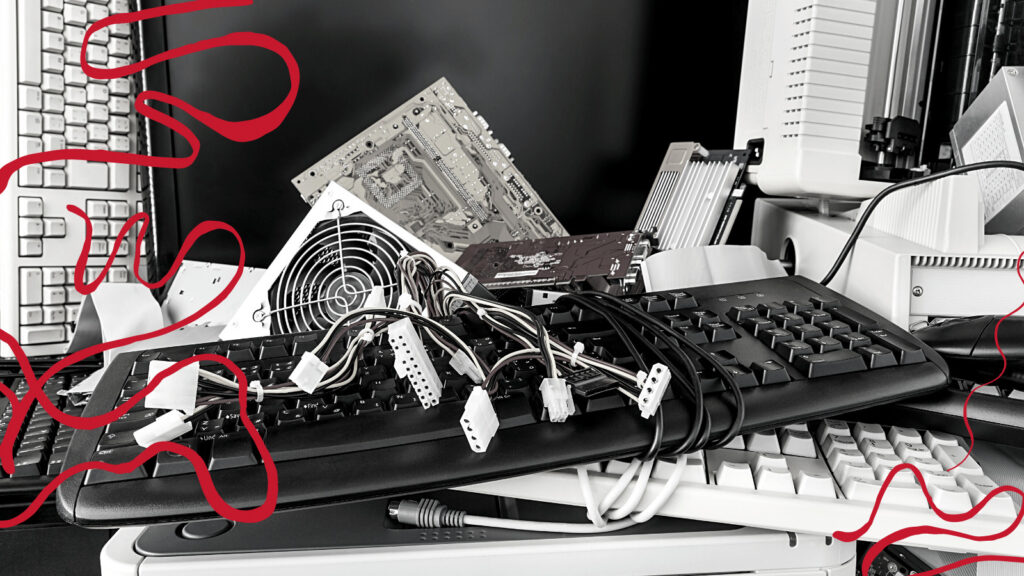Singapore e-waste problem : our increasingly necessary array of gadgets and electronics don’t come cheap. It takes a toll on our planet.
The Global E–waste Monitor 2020, a new report produced in collaboration with the UN Environment Program (UNEP), found that a record 53.6 million metric tons of electronic waste was generated last year. By 2030, the report predicts that global e-waste will nearly double to reach 74 million metric tons, driven by increased consumption of electric and electronic equipment that has “short life-cycles and few options for repair.” It seems only natural that we find achievable solutions to common problems.
RELEVANT SUSTAINABLE GOALS



SINGAPORE E-WASTE PROBLEM
Around 60,000 tonnes of electronic and electrical waste (e-waste) get thrown out from homes and companies each year. That is equivalent to about 70 mobile phones being discarded by each person a year in Singapore. At the same time, there is no official data on how much of that e-waste gets recycled. Often, these items – which can contain hazardous materials such as heavy metals – are thrown down the chute or left at rubbish centres, creating potential health and environment risks.
SINGAPORE E-WASTE RECYCLING AND DISPOSAL SCHEME
From Thursday (Jul 1), consumers in Singapore are able to deposit their electronic waste (e-waste) at more than 300 collection bins placed at convenient locations such as malls and supermarkets. These bins will replace receptacles from existing voluntary recycling programmes, such as those run by various industry organisations, making it more convenient for consumers to recycle their e-waste. The goal is to collect about 20,000 tonnes of e-waste annually. Items can range from large appliances like refrigerators; equipment related to information and communications technology (ICT), such as laptops; and smaller things like light bulbs and batteries.
This nationwide e-waste system is based on the Extended Producer Responsibility scheme, where producers/companies are responsible for managing the end-of-life disposal of electrical and electronic products that they supply to Singapore’s market. This means producers will have to collect the end-of-life products from consumers at no extra charge, and send the products for proper treatment and recycling.

DO OUR BIT : FIND THE NEAREST LOCATION OF THE E-WASTE BIN
1. Best Denki outlets at VivoCity, Plaza Singapura, IMM, Funan mall, Waterway Point, Bedok Mall, Clementi Mall
2. Cash Converters outlets in Jurong Gateway Road and Tampines Central 1
3. Challenger outlets at Bugis Junction, Eastpoint Mall, Jurong Point
4. City Square Mall, Compass One
5. Cold Storage at Kallang Leisure Park, Giant Hypermarket in Tampines (for batteries and bulbs only)
6. FairPrice outlets at VivoCity, Changi Business Park, Parkway Parade (for ICT equipment, batteries, and bulbs)
7. Gain City outlets at Marina Square, Sungei Kadut
8. Sheng Siong outlets at Housing Board estates, including Woodlands, Tampines, Ang Mo Kio (for batteries and bulbs)
9. Government buildings – People’s Association and Pasir Panjang Terminal Building 3
More locations will be added weekly, and the full list can be found at Alba E-Waste’s website.



